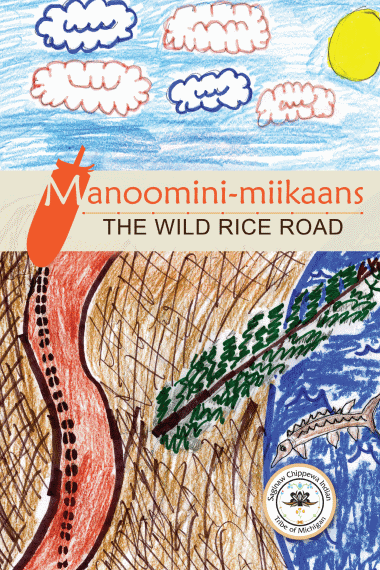The U.S. Department of Agriculture (USDA) has filed a legal response questioning a plan by the lawyers for the Keepseagle plaintiffs that would allow the lawyers to create an agricultural foundation using a substantial chunk of unclaimed money that was supposed to be awarded to Indian farmers.
The government’s response, filed September 17 in D.C. District Court, says there are legal flaws with the lawyers’ approach, which calls for the creation of a “legacy foundation” to receive $380 million of unclaimed settlement funds, known in legal terms as cy pres funds.
“[G]ood reason exists to believe that the parties might not be able to agree to the sort of amendment that the plaintiffs propose: plaintiffs are proposing a modification that appears to be in tension with limits on the use of cy pres funds,” according to the USDA’s motion.
The lawyers, of the Cohen Milstein firm, have said previously that the foundation is intended to “establish a longstanding and robust funding stream for nonprofit organizations that assist Native American farmers and ranchers.” The lawyers filed their proposal with the court on August 30.
RELATED: Tribes Don’t Like Keepseagle Lawyers Controlling $380 Million of Settlement
The Choctaw Nation opposed the lawyers’ plan in a motion filed with the court September 5. Like the USDA now argues, the tribe argued in its motion that the lawyers’ plan is problematic. Tribal leaders believe their Jones Academy Foundation should be considered to receive $58.5 million of the unclaimed funds, in accordance with the current agreement.
“[W]e don’t need a new foundation; we already have tribal foundations,” Brian McClain, a legislative advocate with the tribe, told Indian Country Today Media Network in an article published September 5. “We don’t need a new organization; we already have hundreds of organizations – we call them tribal governments. What we lack is enough money to meet the needs of our members, including farmers and ranchers.”
RELATED: Choctaw Nation Wants Keepseagle Millions Awarded to Tribe’s Foundation
The USDA response notes that the Keepseagle lawyers have flexibility under the current settlement agreement to award the leftover money to non-profit organizations it chooses, yet the lawyers still want to forge a different path—a path that USDA officials seemingly cannot justify.
“If the USDA does not agree to the foundation, plaintiffs suggest that they might file a Rule 60(b)(5) motion to change the terms of the Agreement to allow for its creation,” the response states. “This suggestion appears to be flawed. Rule 60(b)(5) permits Courts to ‘relieve a party. … from a final judgment” if ‘applying it prospectively is no longer equitable.’ But the judgment in this case does not incorporate the cy pres provisions that would need to be amended to facilitate the creation of the planned foundation (e.g., the provision requiring that the funds go to an existing entity).”
The government’s response continues: “[N]o change to the final judgment that the Court could order would permit the creation of the foundation. But even if the relevant provisions were part of the final judgment, relief under Rule 60(b)(5) likely would be inappropriate because, among other reasons, there is nothing ‘[in]equitable’ about distributing the cy pres funds according to the existing Agreement.”
The agency says it is not opposed to modifying the agreement altogether. “The USDA may be willing (1) to expand the definition of Cy Pres Beneficiaries to include entities such as educational institutions and (2) to eliminate the requirement that the cy pres funds be distributed to beneficiaries in equal shares. These are just examples of changes that could be sufficiently narrow and appropriate,” according to the response. “The USDA is open to other potential changes, including how best to structure the distribution of the funds.
“But the USDA disagrees with the preliminary proposal to funnel all $380 million of the cy pres fund to an entity that both does not yet exist and that will use the money from this settlement for the ‘indefinite future,’ particularly when there are existing organizations that meet the current ‘cy pres’ definition and other options that are more closely tied to the stated goal of the settlement.”
The USDA asked the court for another 60 days to discuss the issue with the plaintiffs.
Pam Avery, a spokeswoman for the Keepseagle lawyers, said they plan to file a response in court September 24.
The $760 million settlement, approved by the court in April 2011, designated $680 million for Native American farmers who had faced discrimination from the U.S. Department of Agriculture over a period of several years in the past. Approximately $230 million was claimed.
The large amount of leftover funds in this instance is unusual, according to legal experts.
Read more at http://indiancountrytodaymedianetwork.com/2013/09/17/usda-questions-keepseagle-380-million-foundation-proposal-151329

















